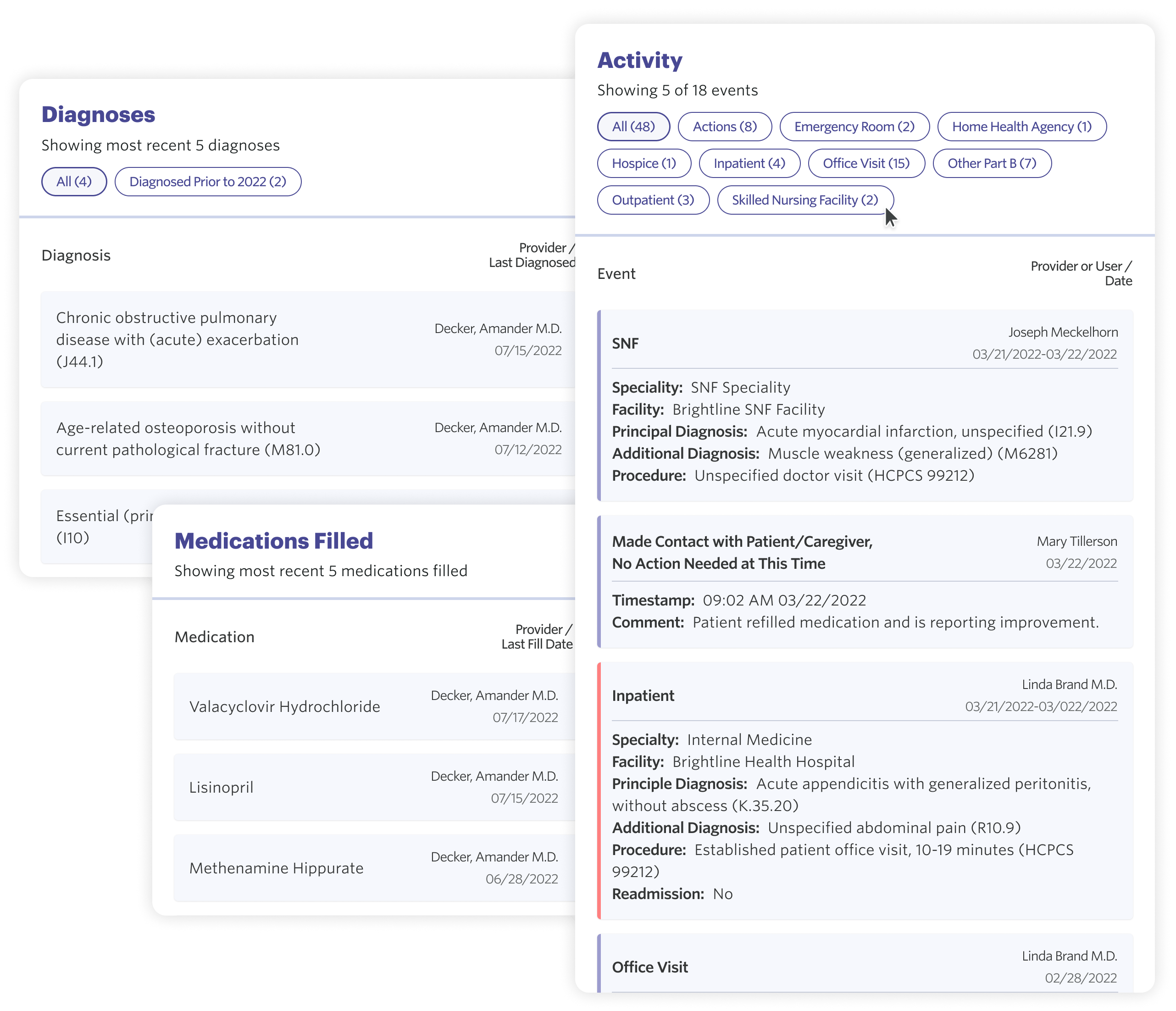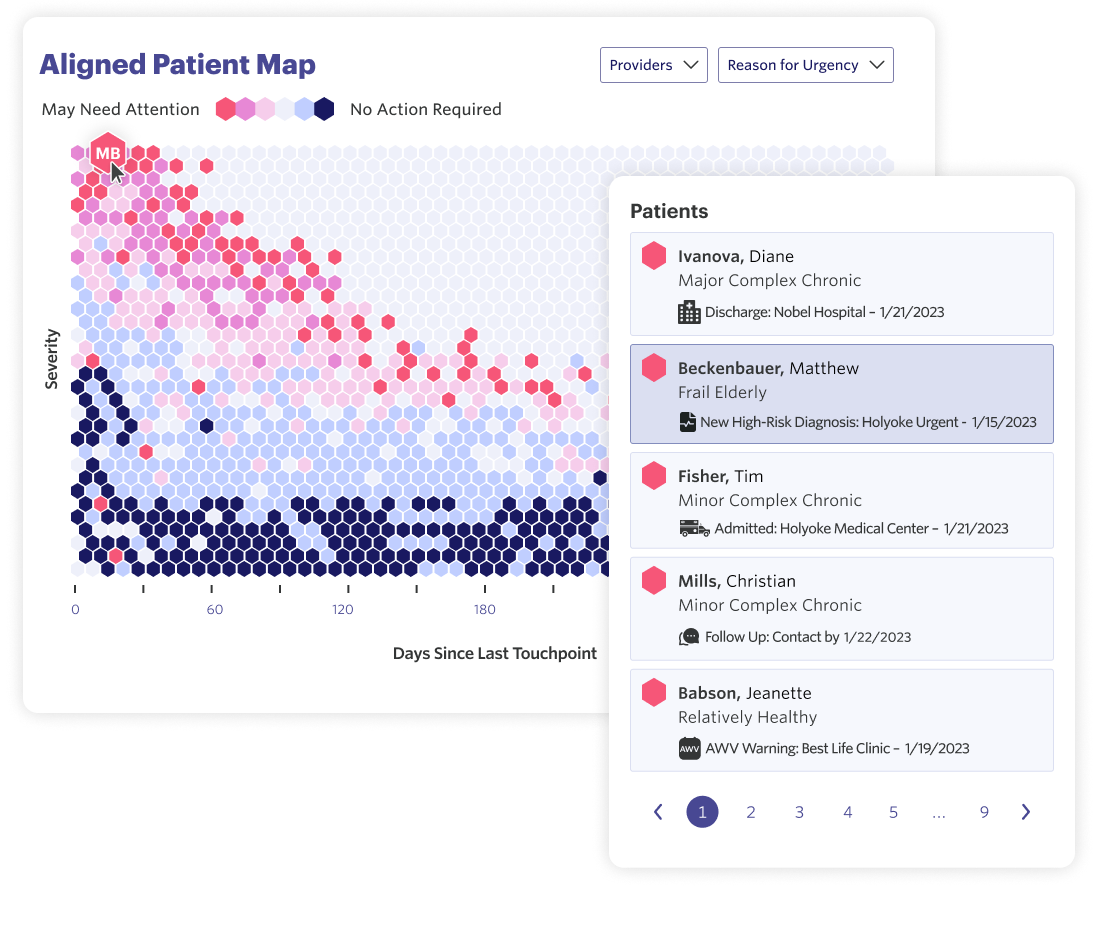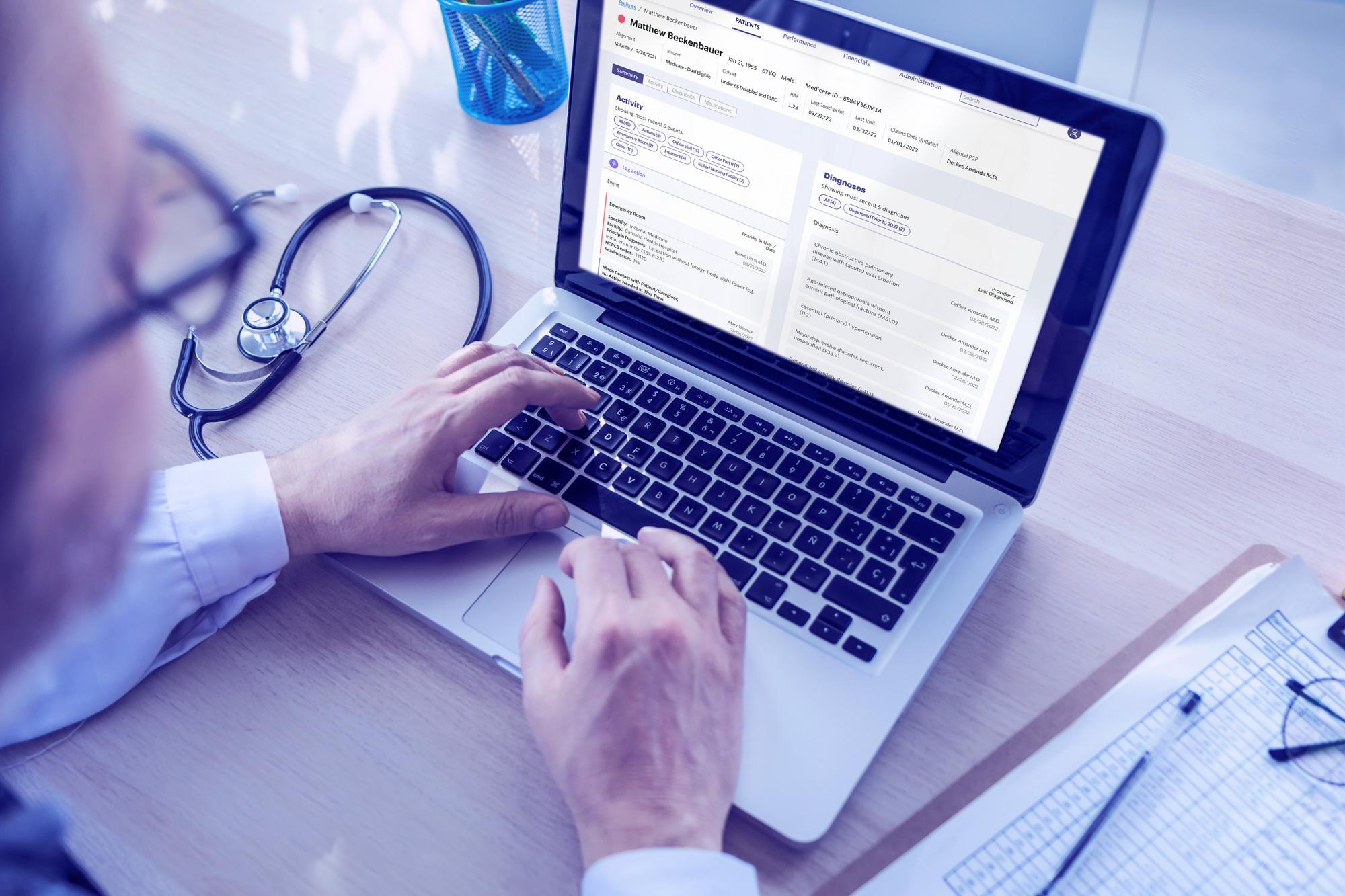Value-based care (VBC) initiatives and the value of healthcare data have been inextricably linked since the onset of value-based care. As the traditional risk-bearers in healthcare (commercial payers and the government) began to shift risk to healthcare providers via various VBC initiatives, the provision of the data needed to manage that risk was part of almost every deal and government program.
The Basics
Paid claims data provided by the payer to participating organizations is foundational to value-based care models. Claims data is critical to understand the cost and utilization trends of individuals and the panel as a whole, enabling an organization to understand where cost reduction and quality improvement opportunities lie. It also has the potential to paint a clinical picture of each patient; however, this picture is often incomplete due to the limitations inherent in using claims data for this purpose. Claims do not contain clinical values, like a lab result or a vital sign, and they do not contain the more detailed patient information that is typically contained in a clinical encounter. The time lag associated with receiving and processing claims data also leaves gaps in visibility.
Acquiring Event-Driven Data

Data Generation
Beyond these event-driven data sources — when a specific event triggers some kind of alert or delivery of information — what happens when the lack of data is clinically relevant? Or when there is no structured or reliably consistent source of data to acquire that would actually inform a physician that a patient’s condition is declining or an acute event imminent?
At Pearl Health, we believe that the generation of patient data will be key to our physician’s success in VBC. We will still utilize the claims data that we receive from our payer-partners, as well as acquire event-driven data to trigger important workflows like readmission avoidance. However, we believe that creating new sources of patient data will prove just as important as these traditional sources.
The types of data we seek to generate will take multiple forms as our roadmap evolves and comes to fruition. Some examples of what types of data we are exploring:
- Surveys to collect social determinant information directly from our patients that isn’t being captured elsewhere;
- Targeted remote patient monitoring for patients at high-risk of acute events; and
- Proactive and automated patient check-ins to assess patient conditions.

The data we generate will be utilized in every aspect of the Pearl Platform, including our data science models that drive a patient’s placement and urgency in our flagship feature, Panel View, as well as the next action we suggest should be taken for the patient to our partner practices.
Follow along with us as we continue to evolve the Pearl Platform, making it more and more valuable in helping our physicians manage their patients and succeed in VBC.


